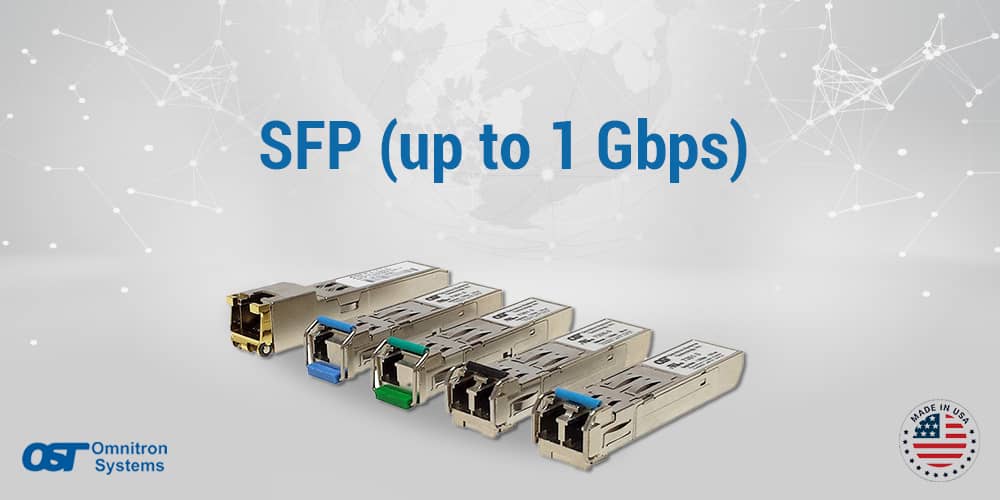- Products
- PoE Media Converters and Switches
- Ethernet & PoE Switches Product Selector
- Multi-Gigabit Ethernet and PoE Switches
- PoE PSE Commercial Switches
- PoE PSE Industrial Fiber Switches
- PoE Industrial Copper Extenders
- PoE Powered Media Converters
- PoE PSE Media Converters
- PoE Extenders & Injectors Product Selector
- Pluggable Transceivers Product Selector
- Single Pair PoE Products
- Product Lines
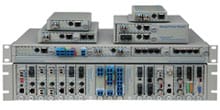
- iConverter Managed Multi-service Platform
- Copper to Fiber Media Converters
- Ethernet Media Converters
- 10 Gigabit Copper-to-Fiber
- 10/100/1000 Copper to 10 Gigabit Fiber
- 10/100/1000 Copper-to-Fiber with Integrated Management
- 10/100/1000 Industrial Copper-to-Fiber with Integrated Management
- 10/100/1000 Copper-to-Fiber with VLAN
- 10/100/1000 Dual Media Converter with VLAN
- Gigabit Copper-to-Fiber
- 10/100 Copper-to-Fiber with Integrated Management
- 10/100 Industrial Copper-to-Fiber with Integrated Management
- 10/100 Copper-to-Fiber with VLAN
- 10/100 Copper-to-Fiber
- Fast Ethernet Copper-to-Fiber
- Fast Ethernet Redundant Links
- 10Mbps Copper-to-Fiber
- 10Mbps Copper to Coax
- TDM Media Converters
- Serial Media Converters
- Ethernet Media Converters
- Fiber to Fiber Media Converters
- 10 Gigabit Fiber-to-Fiber Converter and Transponder
- 10 Gigabit Industrial Converter and Transponder
- SFP-to-SFP Fiber Converter and Transponder
- SFP-to-SFP Industrial Fiber Converter and Transponder
- Gigabit Fiber to-Fiber with 3 Rs
- 100/1000 Fiber-to-Fiber with 3 Rs
- Gigabit Fiber-to-Fiber
- Fast Ethernet Fiber-to-Fiber with 3 Rs
- Fast Ethernet Fiber-to-Fiber
- OC-3/STM-1 Fiber-to-Fiber
- OC-12/STM-4 Fiber-to-Fiber
- Carrier Ethernet Network Interface Devices
- CE 2.0 - 10G Demarcation NID
- CE 2.0 - 10/100/1000 Mult-port NID
- CE 2.0 - 10/100/1000 Mult-port NID with PoE
- CE 2.0 - 10/100/1000 8-Port NID
- CE 1.0 Service OAM - 10/100/1000 NID
- CE 1.0 Link OAM - 10/100/1000 Copper-to-Fiber NID
- CE 1.0 Link OAM - 10/100 Copper-to-Fiber NID
- CE 1.0 Link OAM - Gigabit Fiber-to-Fiber NID
- CE 1.0 Link OAM - Fast Ethernet Fiber-to-Fiber NID
- CWDM Multiplexers
- T1/E1 Multiplexers
- Ethernet Switch Modules
- Management System
- Chassis Options

- 1-Module Industrial Chassis

- RuggedNet Industrial Switches and Extenders
- Industrial PoE PSE Fiber Switches
- Multi-Gigabit Managed Industrial PoE+/BT Switches
- Multi-Gigabit Unmanaged Industrial PoE+/BT Switches
- 10G Managed 802.3bt PoE Switches
- 10G Unmanaged 802.3bt PoE Switches
- 10G Managed PoE+ Switches
- 10G Unmanaged PoE+ Switches
- 1G Managed PoE+ Switches
- 1G Unmanaged PoE+ Switches
- 1G Unmanaged 802.3bt PoE Switches
- 1G Managed 802.3bt PoE Switches
- Industrial SPE Switches
- Industrial Ethernet Switches
- Industrial PoE Copper Extenders
- Industrial Power Supplies

- OmniConverter Media Converter, Switches and Extenders
- PoE PSE Media Converters
- 10G Multi-Gigabit / Multi-Rate PoE Media Converter
- 10G Multi-Gigabit / Multi-Rate Media Converter
- 10/100 Multi-port PoE+ Media Converter
- 10/100 PoE+ Media Converter
- 10/100/1000 Multi-Port PoE+ Media Converter
- Industrial 10/100/1000 Multi-Port PoE+ Media Converter
- 10/100/1000 PoE+ Media Converter
- 10/100/1000 PoE++ 60W-100W Media Converter
- Industrial 10/100 Multi-port PoE+ Media Converter
- 1U Rack-Mount Shelf
- PoE PSE Compact Switches
- Multi-Gigabit Managed PoE+/BT Switches
- Multi-Gigabit Unmanaged PoE+/BT Switches
- 10G Managed 802.3bt PoE Switches
- 10G Unmanaged 802.3bt PoE Switches
- 10G Managed PoE+ Switches
- 10G Unmanaged PoE+ Switches
- 1G Managed PoE+ Switches
- 1G Unmanaged PoE+ Switches
- 1G Managed 802.3bt PoE Switches
- 1G Unmanaged 802.3bt PoE Switches
- Ethernet Switches
- Single Pair Ethernet (SPE)
- PoE Copper Extenders
- PoE Injectors
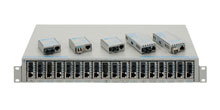
- miConverter Unmanaged Miniature Media Converters
- 10/100/1000 Copper-to-Fiber
- Industrial 10/100/1000 Copper-to-Fiber
- 10/100/1000 Ultra-Compact Copper-to-Fiber
- Gigabit Copper-to-Fiber
- 10/100/1000 Copper-to-Fiber PoE Powered
- 10/100 Copper-to-Fiber
- 10/100 Ultra-Compact Copper-to-Fiber
- 10/100 Copper-to-Fiber PoE Powered
- 18-Module Chassis
- Industrial 10/100 Copper-to-Fiber PoE Powered

- FlexSwitch Compact Switches
- Solutions
- Company
- Support
- How to Buy
Everything you Need to Know About SFPs
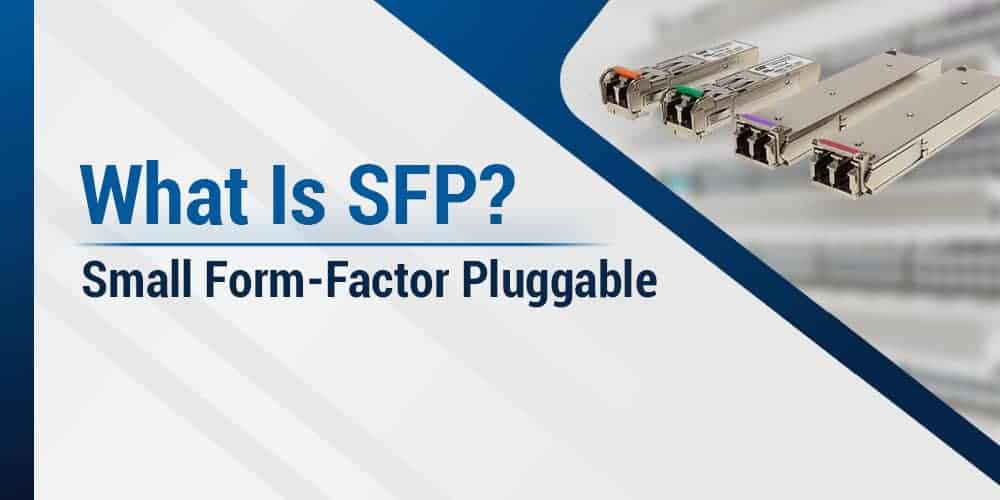
SFP stands for small form-factor pluggable, and the SFP module falls into the classification of transceiver equipment that enables a single network device to connect to various types of fiber or copper cables and distances. SFP transceiver modules are portable and interchangeable, easily installed in network devices for communication.
Almost all network devices, like PoE fiber switches, Ethernet media converters, Ethernet switches, and T1/E1 multiplexers, have SFP ports. SFPs can reduce communication costs in the long run, so they are frequently used in infrastructure and data transmission networks.
This blog is a comprehensive and complete guide on SFPs, including everything you need to know about SFP transceivers, SFP types, and SFP ports.
The questions are: What is an SFP and what types of SFPs are there?
When you google what SFP transceivers are, most blogs desperately try to introduce their target products instead of properly answering the question at hand. SFP transceivers come in a variety of types and features that most companies overlook (or neglect) to mention, because their products may not have the features.
Why use SFP over Fixed Fiber Types?
SFP modules are interchangeable fiber optic connections that can be used to suit any fiber installation. SFPs will support multiple fiber types and data-rates.
SFPs are hot-swappable and can use replaced, upgraded or repurposed within a network. For example, if a Gigabit Switch is using Fast-Ethernet SFP, the SFP can be replaced with a Gigabit SFP to increase the network speed if needed.
SFP (small form-factor pluggable) Cable Types
SFP transceivers support Multimode fiber (MMF) and Single-Mode fiber (SMF) optical transceivers or UTP copper cabling (copper transceivers).
- Multi-mode fiber optic cables use LED light, which is not powerful but cheaper. Multi-mode fiber is used for short distances to connect devices in one building. The maximum distance depends on the data rate: for multi-mode fiber the max distance is 550 meters at 10Gbps, and 2km at 100mbps.
- Single-mode fiber optic cables use laser light, which is much more expensive. Single-mode fiber is used to connect devices over longer distances (up to 160 km).
- Unshielded twisted pair (UTP) copper cables need to be CAT5e or better. CAT is the short form of “category” for copper cables, which defines the thickness of the wire, the number of pairs (2 pairs or 4 pairs), and how tightly each pair is twisted.
SFP (Small Form-Factor Pluggable) Ports on Network Devices
There are two types of SFP ports on switches: SFP and SFP+. When connecting two network switches, both SFP ports on each switch must use the same wavelength, or similar SFP modules that are compatible with each other.
SFP ports can be used for Multimode fiber optic cables (MMF), Single-mode fiber optic cables (SMF) and SFP RJ-45 ports are used for Ethernet cable or unshielded twisted pair (UTP) copper cable).
SFP vs SFP+
SFP transceivers are interchangeable, compact media connectors that eliminate the requirement of excess modules of various media types for network repairs or upgrades. They reduce network equipment inventories as well. The SFP transceivers support data rates up to 1 Gbps.
On the other hand, SFP+ stands for enhanced small form-factor pluggable, which means it is an upgraded module for SFP. The SFP+ transceivers support data rates up to 16 Gbit/s.
- SFP transceivers are compatible with Managed Media Converters, Unmanaged Media Converters, PoE Switches, Industrial PoE Switches, Ethernet media converters, and most 3rd party products to meet specific networking protocols and media requirements.
- SFP+ transceivers are compatible with 10G Managed and Unmanaged Media Converter products and 10G Ethernet and PoE switches.
What Is an XFP Transceiver?
The XFP (10 Gbps SFP) modules have media transmission to utilize optical fiber. The XFP transceivers are arranged in standard high-speed modules, and they are larger than SFP transceivers and SFP+ transceivers. The XFP transceiver’s wavelengths are 850 nm, 1310 nm, or 1550 nm. XFP transceivers are compatible with managed media converter products.
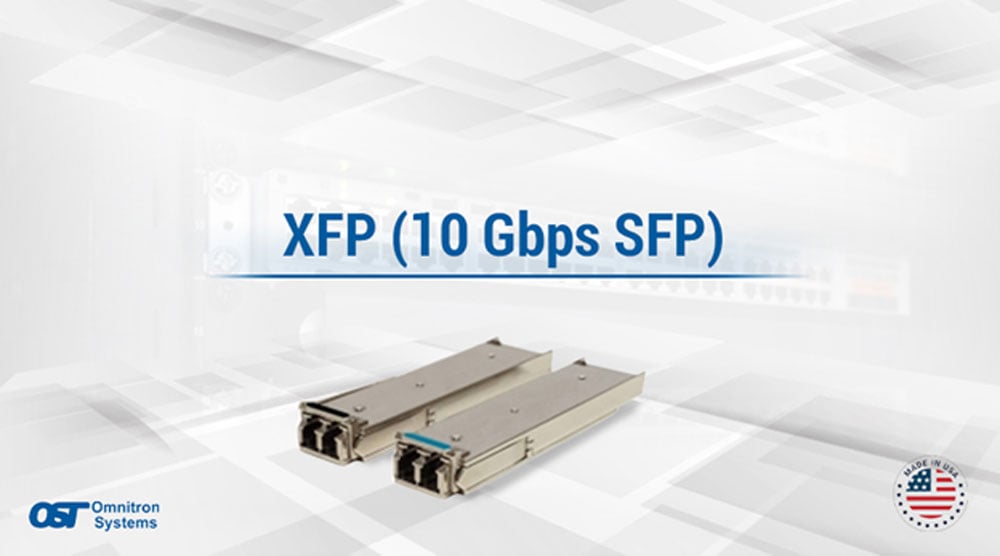
Standard SFP Wavelengths
| SFP Types | Typical Connector | Wavelength | Compatibility | Cables |
|---|---|---|---|---|
|
SFP |
LC |
850nm, 1310nm, or 1550nm |
MMF, SMF, Cat |
|
|
SFP+ |
LC |
850nm, 1310nm, or 1550nm |
MMF, SMF |
|
|
XFP |
LC |
850nm, 1310nm, or 1550nm |
MMF, SMF |
SFP with CWDM and DWDM
SFPs can also support CWDM or DWDM Wavelengths for specialized applications. CWDM SFP transceivers can be installed in network equipment with SFP ports to provide a CWDM wavelength that can be connected to a matching wavelength channel port on a CWDM multiplexer. For legacy equipment with copper of fixed fiber ports, transponders and media converters with SFP transceivers provide a convenient and inexpensive method to convert to CWDM wavelengths.
What Is a Managed SFP?
A managed SFP is a transceiver that can be accessed with an Ethernet connection and can be configured for many reasons, such as SLA (Service Level Agreement) monitoring or adding a level of management to an Unmanaged Device.
A managed SFP can be installed directly into a switch, router or small cell, and saves Capital Expenditures (CAPEX) by eliminating the need for a standalone demarcation device. It also reduces Operating Expenditures (OPEX) by decreasing power consumption, space, installation and maintenance costs.
Many models include SNMP Monitoring and Traps which can help isolate faults in a connection.
SFP Operating Temperature
The temperature range of all types of optical transceivers—SFP, SFP+, and XFP—come in two ranges:
- Industrial optical transceivers can operate at temperatures deployed in harsh and extreme environments (-40°C to +85°C).
- Commercial optical transceivers can operate in the temperature range of 0°C to +70°C. Therefore, they are used in normal temperature environments.
Conclusion
SFP transceivers allow you to connect multiple network devices with copper or fiber, and simply your operations. SFPs can be used for Multimode or Single-fiber, and come in different data rates. SFP transceivers are hot-swappable and can be replaced without disrupting the live equipment. SFPs make it easier to make quick network upgrades. Managed SFPs are smart SFPs that allow you to add intelligence to your network quickly and cost-effectively. If you are still looking for more information, Omnitron Systems provides 24/7/365 pre-sales support and free technical support to assist with our customers' network designs and product selection. We are available 24/7 to answer your questions. Call us now





